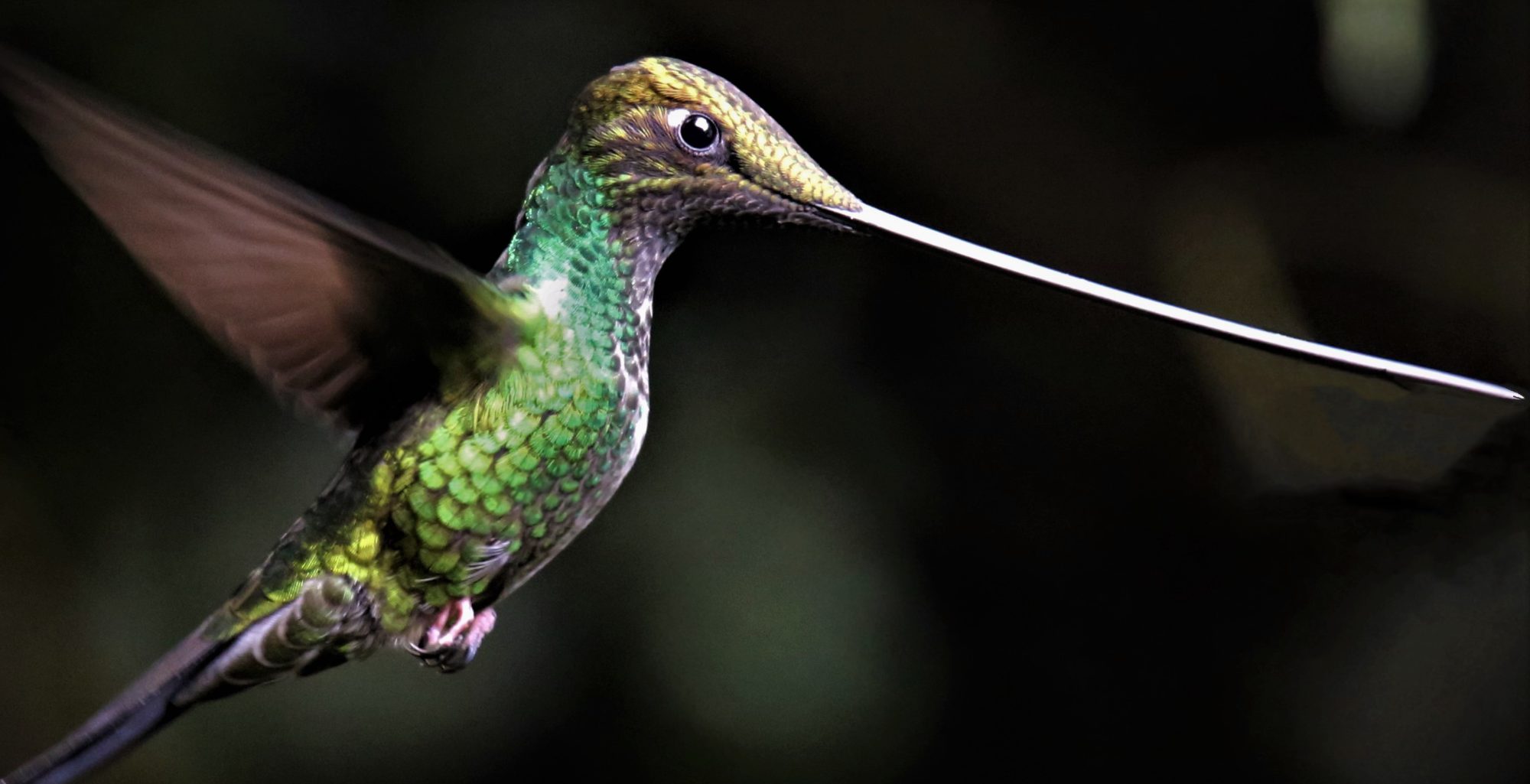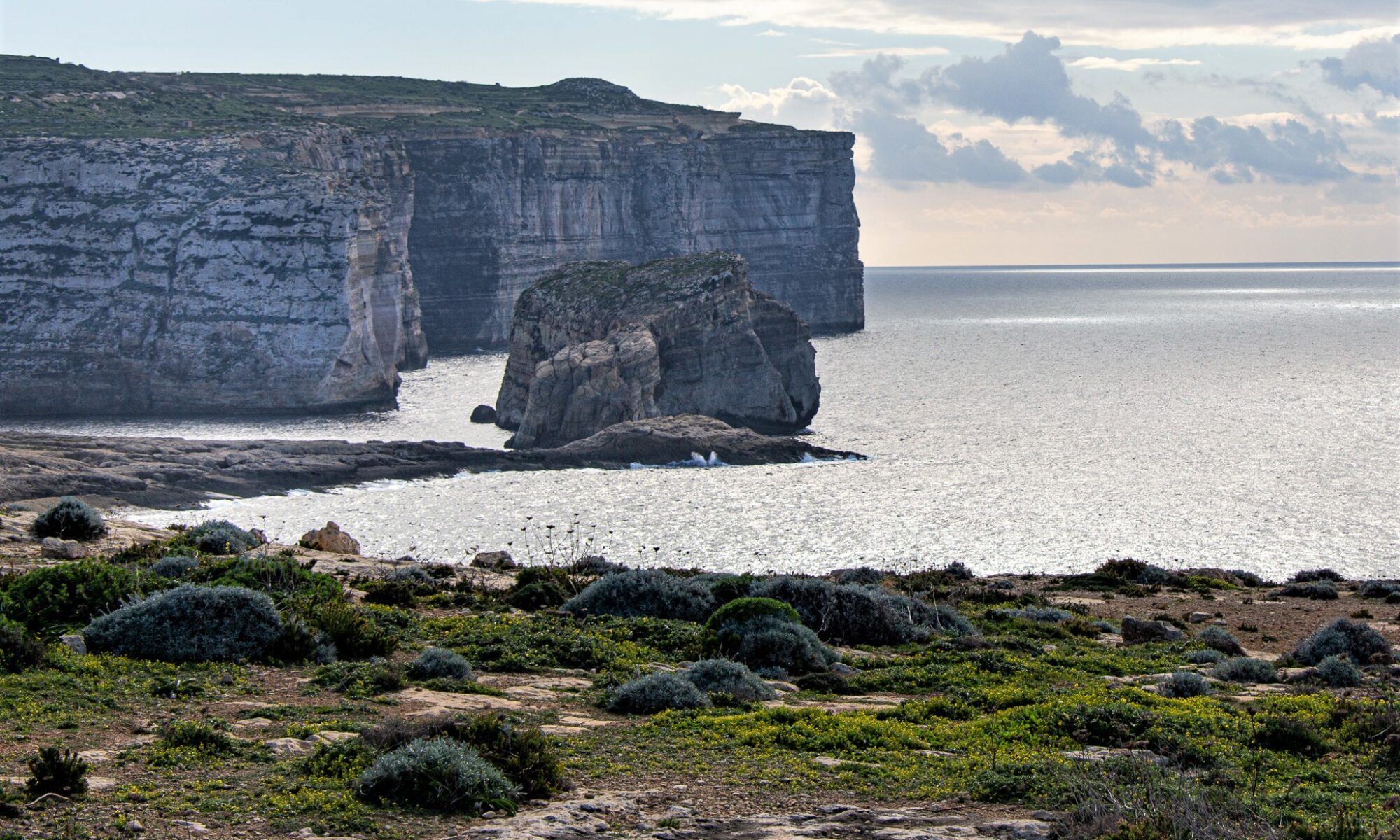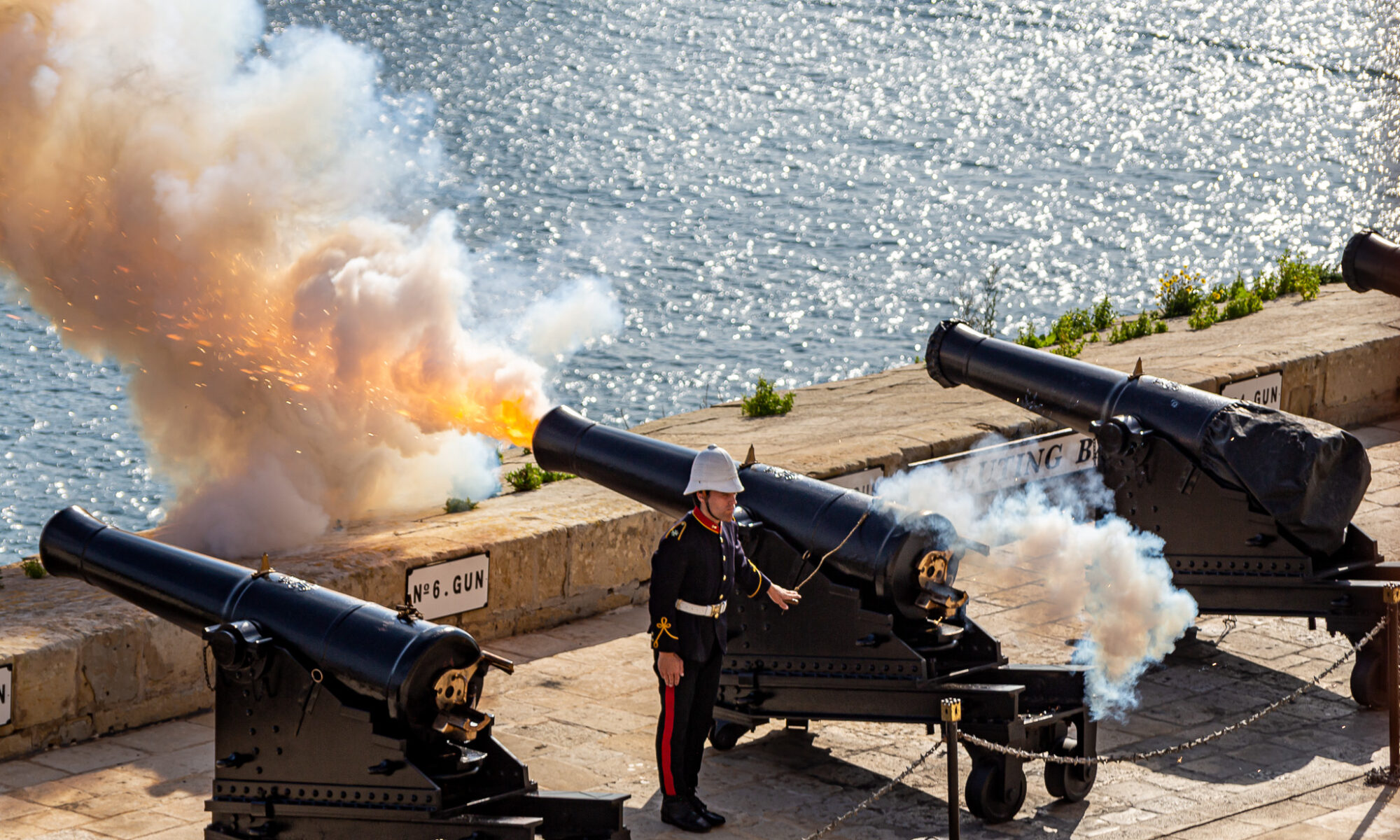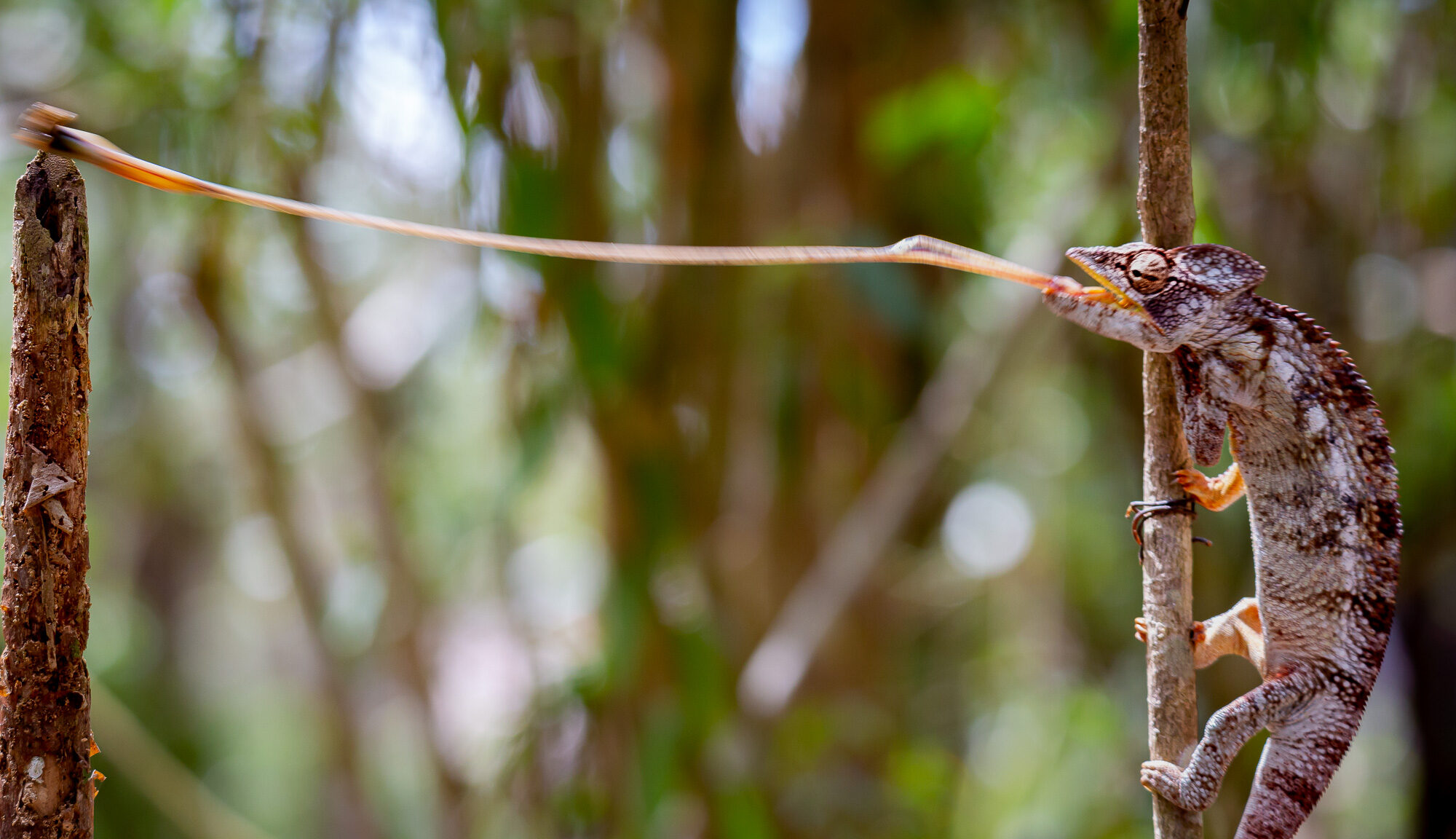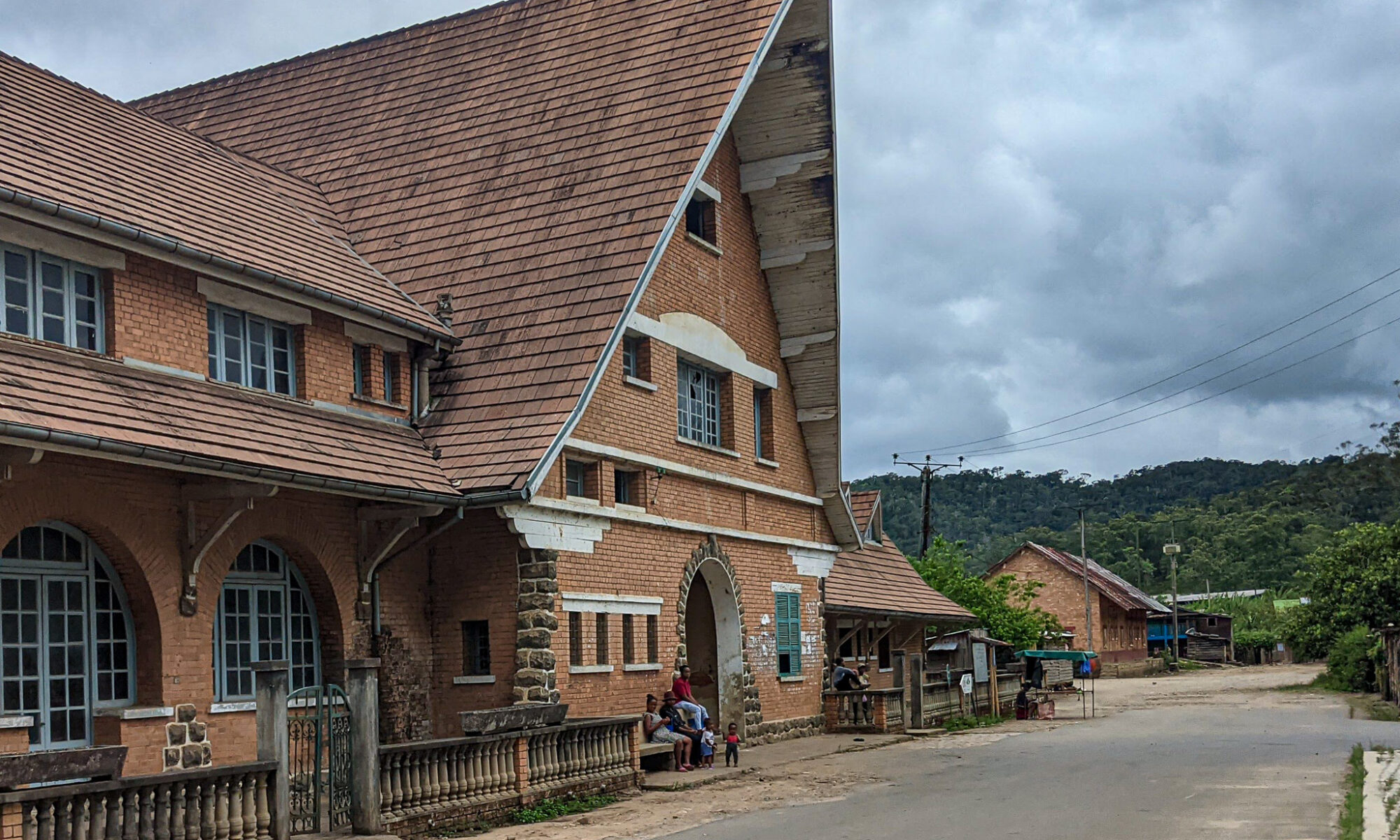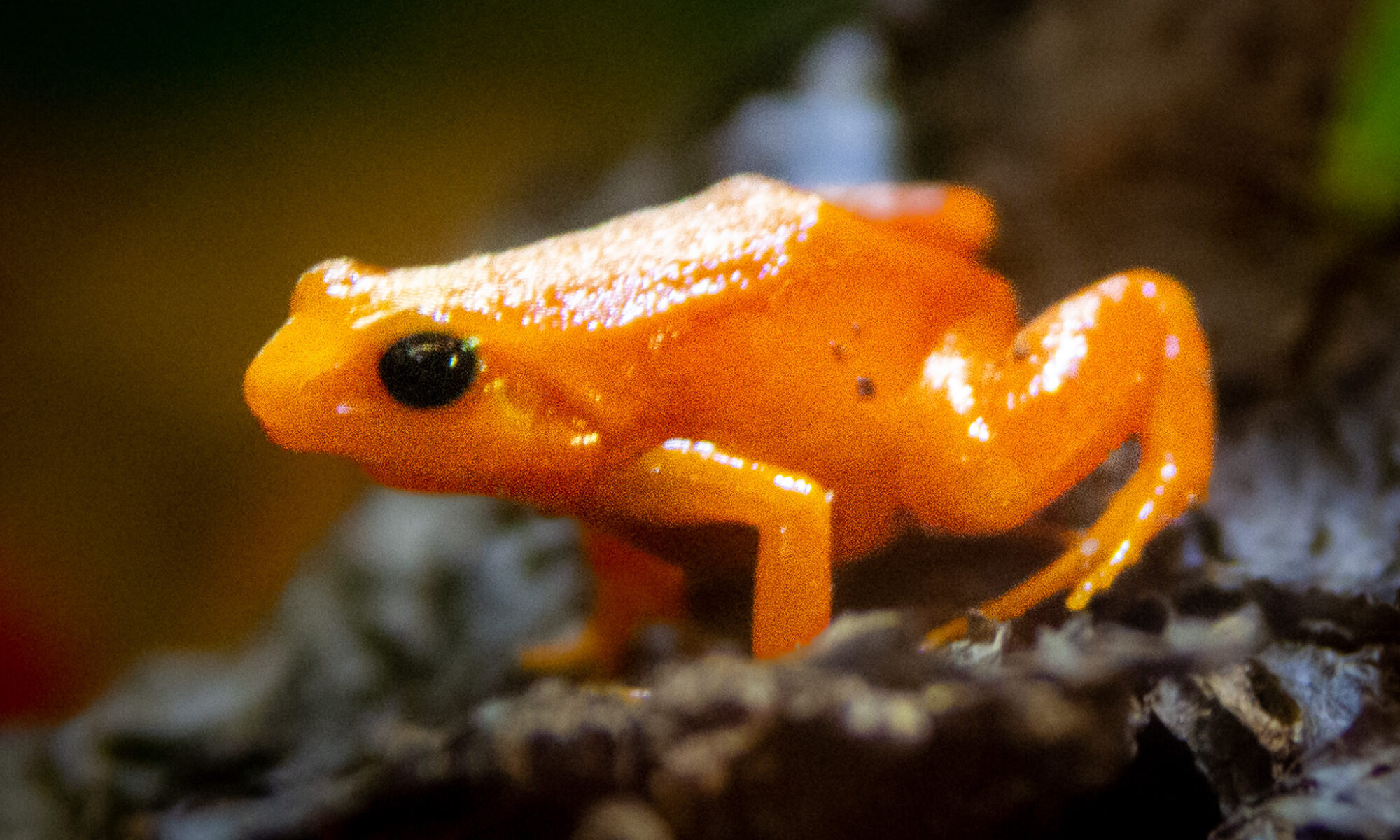After a short stay in Andasibe, we headed toward our next location on what Devin said was the best road in Madagascar. This road links the largest city and capital, Antananarivo, in the central highlands, to the eastern port town of Toamasina (also called Tamatave), which is just an hour or two past the turnoff to our next destination. The port handles more than 80 percent of the maritime cargo entering the country and therefore it would stand to reason that it should be the best road. A well built and maintained road designed to distribute the goods to the rest of the country should be a priority. Devin also said that because of all the truck traffic, the going can be slow. He was right. The road is two lanes, making it difficult and dangerous to pass. It was also bumpy and narrow in places as it winds its way through the mountains. Despite our driver’s skill, on many occasions we hit painful potholes that were hard on both the bus and the passengers. In some places people were working hard on the road to keep it maintained; but it is a nearly impossible task due to the frequent rains that arrive (mostly from the east) and dump the water as the clouds hit the mountains. This can wash out roads and destroy bridges. Little children, when they saw a busload of tourists coming, would pretend to be fixing the road and then beg/yell for a little money to reward their effort. This practice seemed dangerous to me. I think the point that Devin was making was that the people of Madagascar face many challenges. Traveling anywhere in the country can be difficult and time consuming, and sometimes because of bad weather and washed-out roads, it might even be impossible. We were lucky the day we traveled. We only saw one overturned truck (the driver appeared to be okay), and his vehicle was blocking just one lane of traffic.
Our destination, the last highlight of our tour, was a place called Le Palmariumin Akanin’ny Nofy (which I think translates to “nest of dreams”). It is an ecolodge on one of the largest lakes in a series of coastal lakes known as the Pangalanes. It is a place to relax and see native plants and lemurs; including one of the strangest nocturnal primates, the Aye-Aye. It was a long journey. Not only did we ride in a bus on the “best road” for several hours, but we also traveled on a dirt road with four-wheel-drive vehicles, followed by a relaxing boat ride through the Pangalanes for more than an hour to get to the Palmarium. The journey was worth it! It was an excellent way to end our visit to Madagascar. It wasn’t better than the trek in Marojejy National Park, just different. The lodge is set up so that it is easy to see the animals–maybe a little too easy. I favor conservation by setting aside large tracts of natural habitats where the wild things remain wild and the primary effort is to maintain intact, healthy ecosystems. This is not an easy thing to do anywhere in the world, let alone in a developing country like Madagascar. I like the challenge and even the possibility that I won’t see what I set out to see. I wish the world could maintain more truly wild spaces like the parts of Marojejy that were beyond my reach. Maybe, some places should be extremely difficult to visit; only accessible to a few determined and responsible visitors. Once you arrive at the Palmarium, you are pretty much guaranteed to see plenty of lemurs, and as you can see from the photo above, chameleons too. For me, the animals are a little too tame. See for yourself by clicking here, to check out some of my images from the area.
Having said that, it still makes me happy when I see joy on the faces of the people I am traveling with as a lemur jumps on their back. It may be a better business model to have reliable animal attractions that bring tourists which generate jobs for the local people. The lodge is well maintained, the staff was fantastic, and the food was way beyond the expectations of anyone in our group. This kind of protected reserve is certainly worth supporting.
As chance would have it, some members of the BBC Studios Natural History Unit were staying at the Palmarium while working on assignment to get Aye-Ayes on video for an upcoming documentary. Though we did see some members briefly, we didn’t get to interact with the BBC team, which would have been awesome; but they had a job to do, and since Aye-Ayes are nocturnal, they had to work the night shift.
About twenty-five years ago, I was lucky enough to have dinner with another BBC team at a remote hotel in central Costa Rica, while they were there to get film on a specific tree frog that congregates to breed after a heavy rain. Since my family arrived on a sunny day and therefore, the team couldn’t do what they came to do (and we were the only other guests staying in the hotel) they graciously invited us to join them for some conversation. It was one of my fondest memories from that trip! This experience came to mind while at the Palmarium because I really like sharing my passion for nature with family and was very happy to see Devin was able to have some of that same joy with his family as they had a new experience in Madagascar. His daughter was going to be able to share the experience when she returned to school after the Christmas break. Devin’s daughter’s teacher had the brilliant idea of sending a class mascot. It was kind of like a “Flat Stanley,” only this one was a fluffy, black and white, stuffed cow that Devin’s daughter could be photographed with to help her tell her story when she returned. I am sure she will tell a great story!
On our last night, we traveled by boat across the lake from the Palmarium. Just before sunset, we went to a place to see an endemic species of tropical pitcher plant. For the botanists out there, we saw Nepenthes madagascariensis, one of two species of pitcher plant found in Madagascar. N. madagascariensis is only found on the east coast of Madagascar in low-lying, nutrient-poor soils. They are carnivorous. They use the pitcher to trap insects, which they “digest” to make up for the lack of nutrients in the soil where they grow. If you already looked, you may have seen them when you clicked on the gallery above. You may also have seen that our group did get to see not one, but two Aye-Ayes that came to a couple of viewing stations where fresh coconuts had been fastened to trees not too far from the location of the pitcher plants. The coconuts were prepared by drilling small holes through the husk, so that the animals could use their specialized thin fingers to work pieces of the raw coconut out to eat. Though the animals were wild, they had been habituated to people. As soon as it got dark, they showed up and entertained a small crowd from several of the local hotels. The strange looking creatures were difficult to photograph. Even though there was a full moon, there wasn’t much light in the thick jungle. We were not allowed to use flash because it would frighten the animals; so you had to use slow shutter speeds. The Aye-Ayes worked fast and were constantly moving, which meant most of the one hundred or so photographs I took were blurry. I think a few turned out alright.
After our successful journey, we left the Palmarium happy, but a bit weary. On the return trip to have dinner near the Antananarivo International Airport, which took the better part of the day, we had one more bit of excitement. Somehow, a small hole in the fuel tank of the bus developed. Our driver noticed and tried to do a temporary fix. He decided that it would be possible to finish the journey by partially filling the tank and carefully monitoring the fuel gauge. Unfortunately, the road is hilly for most of the way back to Antananarivo. A few times, depending on the angle of the tank, the engine sputtered to a stop. Our driver would let the bus coast for a little while, then the fuel tank would be at a better angle, so that fuel made it through the lines and the bus would eventually start. This went on for a few miles; each time the engine taking longer to restart and the battery getting weaker. Until finally, on the outskirts of the city, while on a gentle downhill slope, the engine wouldn’t restart. As we rounded a bend, we saw the lights of a service station and our driver coasted to the pump. He got out to put a little more fuel in the tank to make it to our destination, only to find the station had just closed and the pumps were off. In one more fortunate turn of events, we all noticed there was a guy leaving the building. Our driver noticed too. After some pleading, he was able to convince the man to turn the pumps back on so that we could get a few more liters of fuel. About twenty minutes later we were all sitting at a big table at the restaurant reminiscing about how lucky we were that everything went according to plan…sort of anyway. A good time was had by all and those of us who had a late evening flight to Paris made it to the airport and through security with time to spare.
Again, many thanks to Mike and Devin. I haven’t seen all of Madagascar in two adventures, but I am willing to say I saw some spectacular things. I am not sure I will ever make it back again…but who knows what the future will bring. I hope all of my companions will keep in touch!
